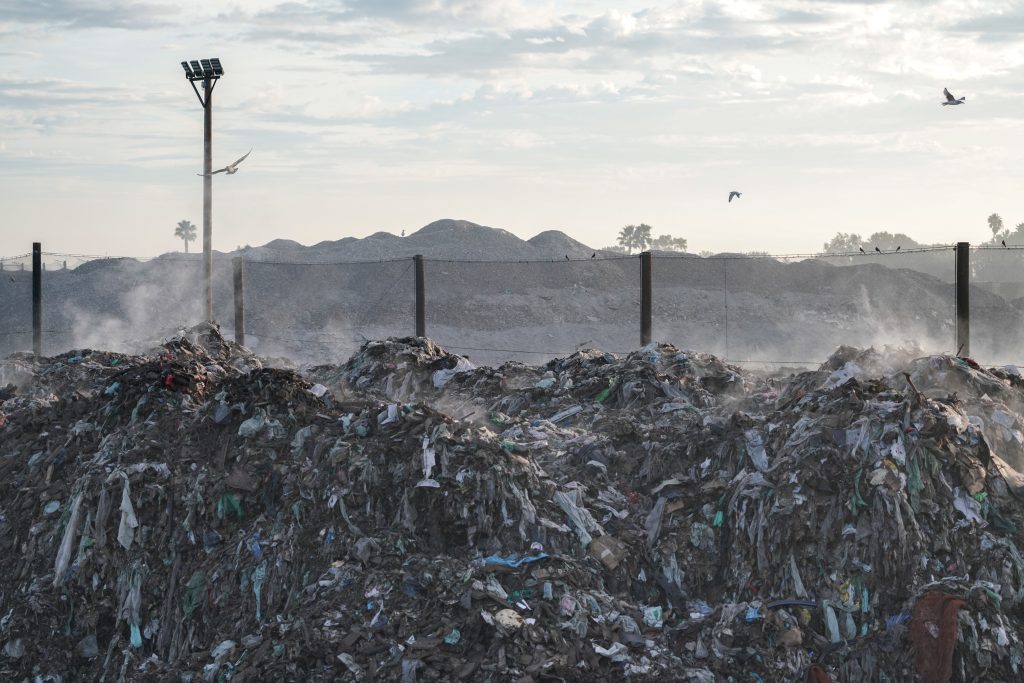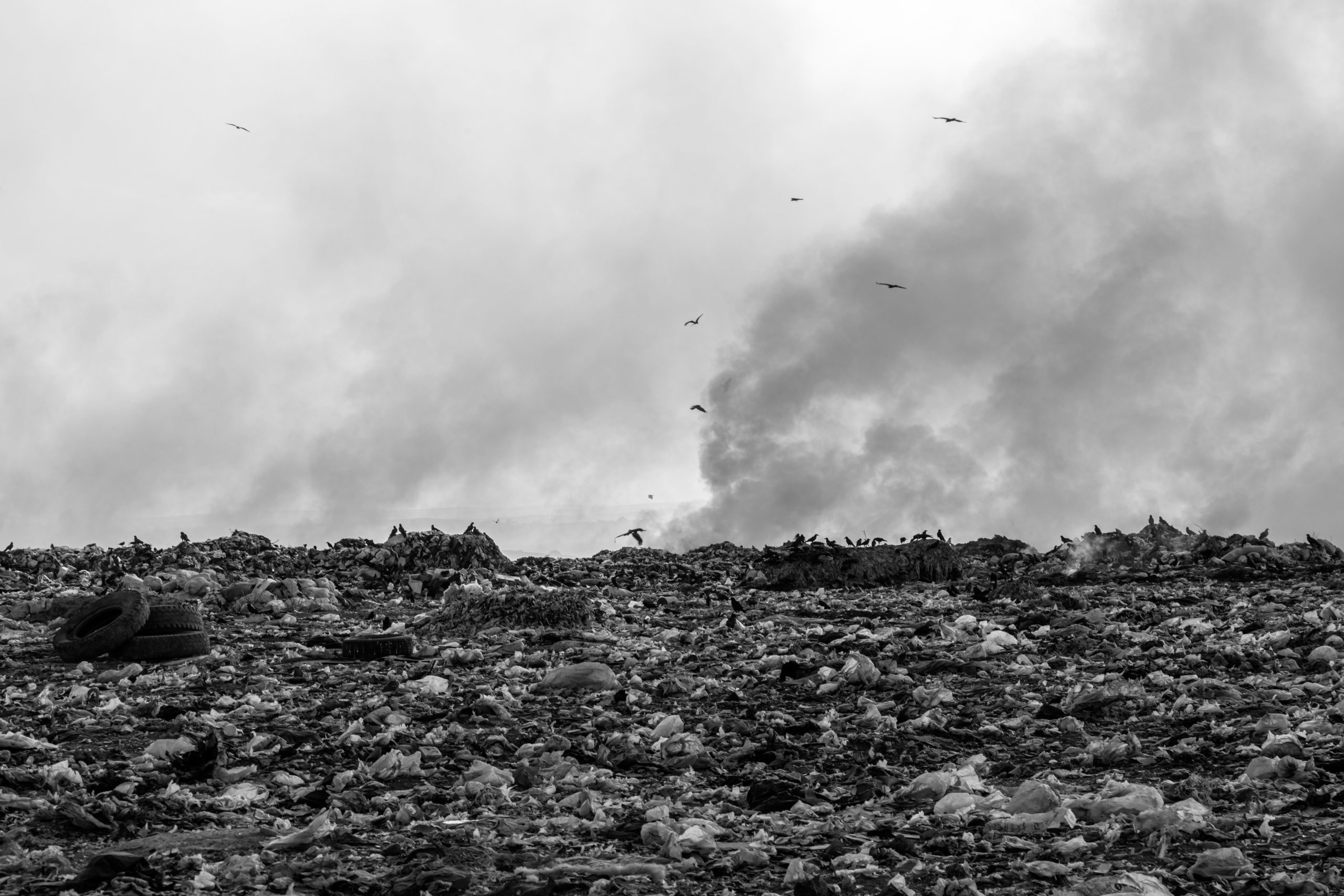Nashville is estimated that over 3,000 active landfill sites exist in Nashville, while another 10,000 have been decommissioned. In order to properly dispose of solid waste, it is necessary to have landfills. As a result, they help reduce pollution, prevent disease transmission and keep the environment clean in communities. The environmental and social effects of landfills persist, however. Despite the fact that landfills are still a societal requirement, there really are ways to lessen their impact on the environment.
Landfill’s Environmental Effects
There is a great deal of concern about landfills’ discharge of methane gas because of this. Toxic methane gases are released as landfill waste breaks down. 84 times more efficient at assimilating the excess energy than carbon dioxide, trying to make methane among the most powerful greenhouse gases as well as a huge contribution to climate change.
Leachates from landfills also release carbon dioxide and water, along with minuscule amounts of various gases and organic compounds besides methane. In addition to contributing to climate change, these gases also can lead to smog if left unchecked.
Habitat loss is a common side effect of landfill construction. The typical landfill is 600 acres in size. More than 1,800,000 acres of natural habitat have been destroyed due to the presence from over 3,000 active landfills there in United States.
Federal regulations mandate that landfills be lined with plastic or clay, but these liners frequently leak. Leachate, a liquid generated by landfills, can contaminate nearby water sources, resulting in even more ecological damage.

It is possible that leachate contains high concentrations of ammonia. It is nitrified into nitrate when ammonia finds its way into ecosystems. Eutrophication, or the depletion of oxygen in nearby water sources, can result from the presence of nitrates in the water. The lack of oxygen caused by eutrophication creates “dead zones” where animals cannot survive. A toxic mix of ammonia and other waste products from landfills is found in leachate, including mercury.
Social Impact of Landfills
Landfill emissions pose a hazard to public health of people living and working near landfills because of their odours. The risk of congenital anomalies throughout children born to family members who lived within one mile of the hazardous waste landfill increased by 12 percent, according to a New York study.
12.9 percent of the value of land adjacent to a large landfill is lowered by such facilities on average. Smaller landfills have a smaller impact on land values, reducing them by about 2.5%, but they still have an effect.
Among the dangers posed by landfills are those of odour, smoke, noise, insects, and water contamination.
The likelihood of having a landfill or hazardous waste site in a low-income or minority neighbourhood increases with population density. As a result, there are fewer resources available to fight against the construction of these facilities. It’s easier for landfills to target low-income areas than wealthy ones.
What are the best ways to prevent waste from ending up in landfills?
Recycle! The quantities of trash which can be recycled each year is steadily increasing. Keep plastic as well as other materials out from the biosphere by recycling them continuously!
Avoid single-use plastic products. Learn more about single-use plastics as well as how to avoid them by reading this article from of the CU Zero Waste team.
Compost! There is not enough oxygen in landfills for the decomposition of compostable items. The landfill can be avoided by having to put biodegradable items in the compost rather than the trash.
In addition to keeping our neighbourhoods clean, landfills threaten the health of our environment. To reduce our dependence on landfills, their environmental impact, as well as their effect on human health and very well, we need to work towards a zero waste lifestyle.

